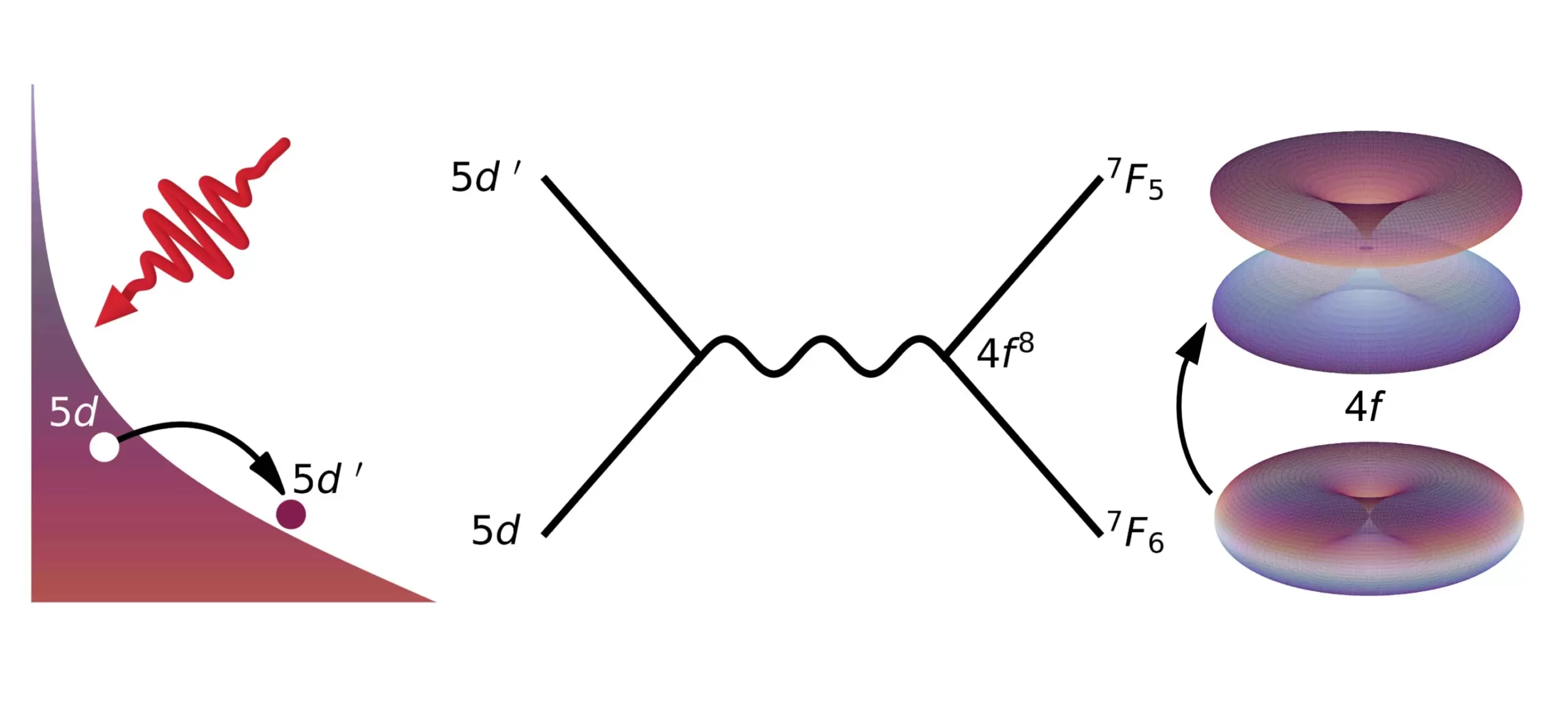Rare earth magnetic materials are known for their unique properties, which stem from the behavior of electrons in the 4f shell. These electrons have long been considered difficult to control, making it challenging to manipulate the magnetic properties of rare earth elements. However, a recent breakthrough by a team of researchers from HZB, Freie Universität Berlin, and other institutions has demonstrated that laser pulses can in fact influence 4f electrons and alter their magnetic characteristics.
In experiments conducted at EuXFEL and FLASH, the team discovered that laser excitation can induce changes in the spatial arrangement of 4f electrons, leading to modifications in their magnetism. This surprising finding challenges previous assumptions about the immutability of 4f electron properties, offering new possibilities for the manipulation of rare earth magnetic materials. The implications of this research extend to the realm of data storage, where the use of rare earth elements could revolutionize the efficiency and speed of information storage devices.
Rare earth magnets, known for their exceptional strength, have the potential to enhance the performance of data storage devices. By utilizing laser pulses to excite 4f electrons, researchers envision a new paradigm for information storage that surpasses current technologies such as Heat-Assisted Magnetic Recording (HAMR). The ability to rapidly and efficiently switch magnetic structures through electronic effects holds promise for the development of next-generation storage media.
The success of this research can be attributed to the advancement of accelerator-based X-ray sources, which enable the observation of fundamental processes in magnetic materials on ultrafast timescales. These facilities, such as the European X-ray laser EuXFEL and FLASH in Hamburg, provide the tools necessary to study the intricate interactions of electrons in rare earth elements. With the continuous development of X-ray sources, researchers have unprecedented access to the dynamics of magnetic materials at the femtosecond level.
As research into ultrafast magnetic effects continues to expand, Berlin emerges as a prominent hub for studying the manipulation of rare earth magnetic materials. The ongoing efforts at HZB to enhance spectroscopic resolution through the expansion of short-pulse X-ray sources at BESSY II underscore the commitment to advancing the field of magnetic materials research. With the ability to control the magnetic properties of rare earth elements through laser pulses, the prospect of innovative applications in data storage and beyond beckons.
The discovery of laser control over 4f electrons in rare earth magnetic materials represents a significant milestone in the field of materials science. By elucidating the mechanisms by which laser excitation can induce changes in the magnetism of 4f electrons, researchers have opened up exciting new avenues for the utilization of rare earth elements in information storage and other technological applications. As we continue to push the boundaries of what is possible in the realm of magnetic materials research, the future looks brighter than ever for the development of next-generation data storage devices.


Leave a Reply